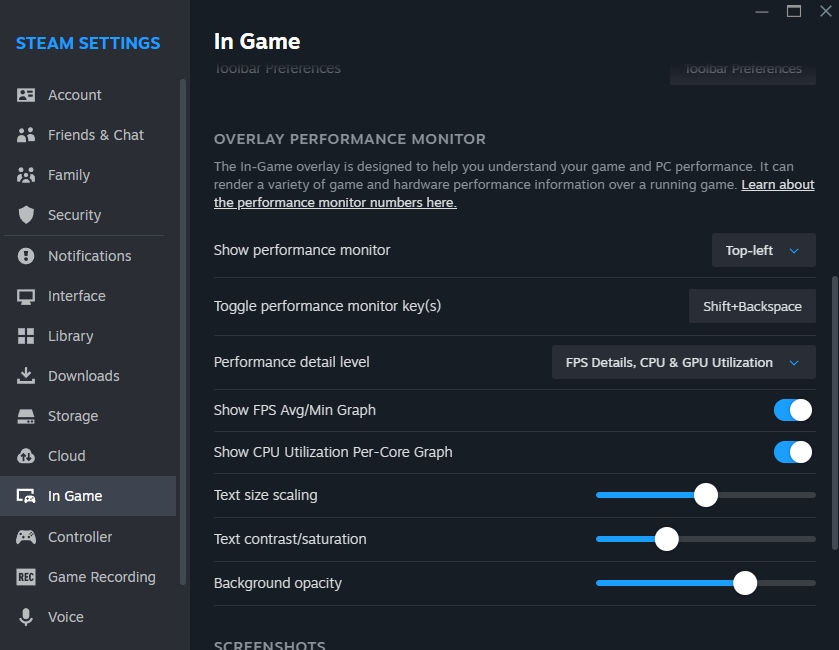Unless your game has a built-in benchmarking tool or FPS counter, the one built into Steam is usually the most straightforward way to check if your system is running a game smoothly. Valve has expanded on this tool to now be able to show you the number of frames that have been rendered by your GPU, and which were generated using, well, frame generation tech.
In a post, Valve calls the new and more detailed FPS counter the Steam In-Game Performance Monitor. As the name suggests, it does more than tell you which frames are real and which are generated. The tool has four levels of detail, with the first being the simple FPS counter, and the next being FPS Details which is the aforementioned real frames and total frames based on the frame gen tech used.

As for why this is important, Valve has a more detailed FAQ page explaining the difference between real and generated frames, and the way they effect the gaming experience. In short, generated frames only smoothen the footage you see on screen. Real frames, on the other hand, deal with a lot more, such as “processing input, handle network updates, perform collision detection for models and projectiles, etc”. Not something you’d care in a single player immersive sim RPG, but something to think about in competitive multiplayer titles like Counter Strike 2 or Dota 2.
Going further, you can include CPU and GPU utilisation, and if you absolutely need to everything, the fourth level of detail adds RAM utilisation. Valve says that “these details can be adjusted live in-game”, including their opacity and colour saturation for if you want them to blend into your game or if you want them to pop out. There’s also the option to show an FPS graph over time, as well as one for CPU utilisation per core.

The new Steam In-Game Performance Monitor is accessed the same way the old FPS Counter was, via Settings > In Game. The FPS Counter itself will be removed from the general overlay settings, with the new Performance Monitor section setting in between it and the Screenshots section.
Valve also says that this first version of the Performance Monitor “focuses on Windows users and the most common GPU hardware”. Which means you won’t see it yet on, say, a Qualcomm Snapdragon X laptop. No word on when these less common hardware will get their turn though.
(Source: Valve)


